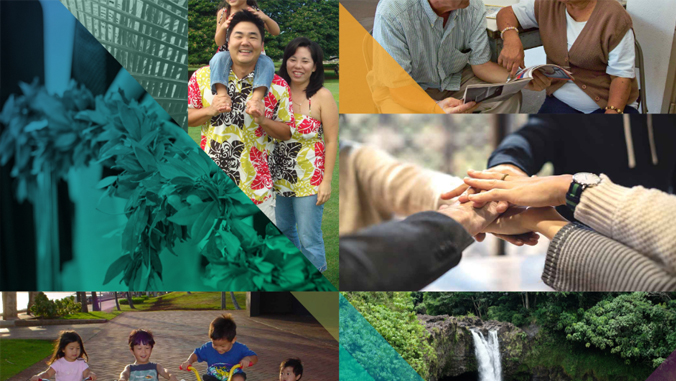
The University of Hawaiʻi at Mānoa Center on the Family released the most recent Community Profile Series, which examines the well-being of communities throughout the state.
The latest series—an expansion of work conducted in 2018—presents measures of quality of life and community well-being for 42 communities throughout the state, as well as state and county-level data. Data from a variety of national and state sources on 38 indicators are organized into five key well-being domains: family and social environment, economic well-being, education, health and community. The profiles present the relative conditions of each community in comparison to the state, and communities are also ranked into five tiers (tier 1 being the highest and tier 5 being the lowest) based on overall well-being.
While Oʻahu has a number of communities in the top tier of overall well-being, the county offers a mixed bag with communities on the Leeward coast and urban Honolulu landing in the bottom tier. Communities in Maui and Kauaʻi counties tend to place in the mid-range tiers, while Hawaiʻi Island has a number of communities in the lower tiers.
Having an informed understanding of a community helps in the planning, implementation and evaluation of programs and services. The individual profiles can be used as a tool to assist anyone who is interested in using data to inform efforts that improve the well-being of these communities and their residents.
Authors invite the public to provide feedback on the series by responding to a short survey. Additionally, those who would like to host a data party or workshop to discuss their community’s data and how it can be used to inform their efforts, can contact Kathleen Gauci, Hawaiʻi KIDS COUNT Project Coordinator, at kt728@hawaii.edu.

